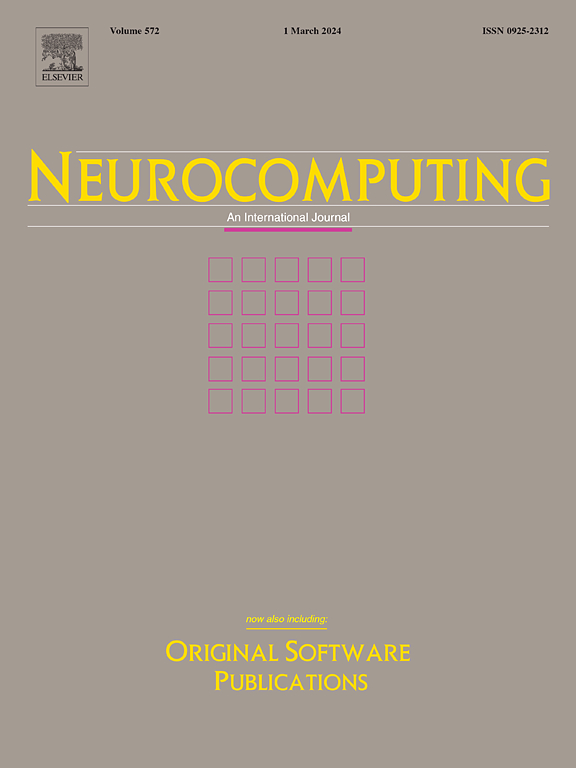阶段明智的多焦点融合为众多错位的工业图像
IF 5.5
2区 计算机科学
Q1 COMPUTER SCIENCE, ARTIFICIAL INTELLIGENCE
引用次数: 0
摘要
多焦点图像融合是一种将多幅图像的信息结合在一起,生成一幅保留原始图像所有基本细节和特征的复合图像的技术。传统的融合方法可以实现快速融合,但存在图像不对齐的问题。由于深度神经网络强大的表达能力,深度学习方法可以处理不对齐的情况,但在融合多幅图像时面临挑战。本文提出了一种分阶段多焦点融合方法。首先,在粗融合阶段,通过融合相似图像来减少后续融合的图像数量;在这里,几张连续的图像通过使用一个指标来区分清晰和模糊的区域,然后合并清晰的区域,从而顺序融合。随后,在精细融合阶段,采用配对合并得到最终结果。对于每一对子图像,分别使用模糊滤波器、差分算子和引导滤波器来创建决策图,然后使用逐像素加权平均来融合源图像。使用两个多焦点图像数据集(即Lampwick数据集和杂质数据集)对该方法进行了验证。并在Lytro和MFFW数据集上进行了实验,验证了该方法的泛化能力。研究结果表明,尽管工业图像往往具有数量多、排列不一致的特点,但我们的方法不仅实现了快速融合,而且效果最好。本文章由计算机程序翻译,如有差异,请以英文原文为准。
Stage-wise multi-focus fusion for numerous misaligned industrial images
Multi-focus image fusion is a technique that combines information from multiple images to generate a single composite image that retains all the essential details and features of the original images. Traditional methods can achieve rapid fusion but struggle with image misalignment. Due to the strong expressive power of deep neural networks, deep learning methods can handle misaligned situations but face challenges when fusing many images. In this work, a stage-wise multi-focus fusion method is proposed. Firstly, in the coarse fusion stage, the number of images for subsequent fusion is reduced by fusing similar images. Here, several consecutive images are sequentially fused by using an indicator to distinguish between clear and blurred areas and then merging the clear regions. Subsequently, in the fine fusion stage, pairwise merging is adopted to obtain the final result. For each pair of sub-images, a blur filter, difference operator, and guided filter are utilized to create a decision map, followed by pixel-wise weighted averaging to fuse the source images. The proposed method is validated using two multi-focus image datasets with numerous misaligned industrial images, namely the Lampwick dataset and the Impurity dataset. Moreover, its generalization ability is demonstrated by conducting experiments on the Lytro and MFFW datasets. Our findings show that, despite the industrial images often possessing the characteristics of being numerous and misaligned, our method not only achieves fast fusion but also yields the best results.
求助全文
通过发布文献求助,成功后即可免费获取论文全文。
去求助
来源期刊

Neurocomputing
工程技术-计算机:人工智能
CiteScore
13.10
自引率
10.00%
发文量
1382
审稿时长
70 days
期刊介绍:
Neurocomputing publishes articles describing recent fundamental contributions in the field of neurocomputing. Neurocomputing theory, practice and applications are the essential topics being covered.
 求助内容:
求助内容: 应助结果提醒方式:
应助结果提醒方式:


